TPW TV–Casting Call with Neighborhood Fishin’
Friday, March 17th, 2017This is Passport to Texas
Texas Parks Wildlife’s Neighborhood Fishin’ program creates convenient and close-to-home fishing opportunities for city-dwellers by stocking urban lakes.
Our goal with the neighborhood fishin’ program is to bring the focus back to the outdoors.
Effie Dukes and her husband David took the bait. In a segment of the Texas Parks and Wildlife TV show next week, viewers wait along with them at East Metropolitan Park in Travis County for the stocking truck to arrive.
I think they’ll be coming momentarily, because they said between 9 and 9:30. Yeah, look. They’re coming with the fish.
Marcos de Jesus is a natural resource specialist with Texas Parks and Wildlife. He says the fish they stock are big, healthy, and fun to catch. As Effie and David discovered.
What we try to do is to actually bring fishing close to home. Most people in Texas are moving into bigger and bigger towns. Having these opportunities in your backyard, basically, is what it’s all about. [Effie] Yeah! Got a big one! [David] That’s what I’m talking about.
The Neighborhood Fishin’ Program provides an outdoor experience with fishing at its core. Perhaps her successful experience means the program reeled in Effie Dukes as its newest recruit.
It’s a big catfish. And I caught it with a net. With the help of my husband. With a rod and reel that I don’t know how to use. [laughs]
Catch the segment, Casting Call, next week on the Texas Parks and Wildlife TV show on PBS. Check your local listings. The Sport Fish Restoration program supports our series.
For Texas Parks and Wildlife…I’m Cecilia Nasti.
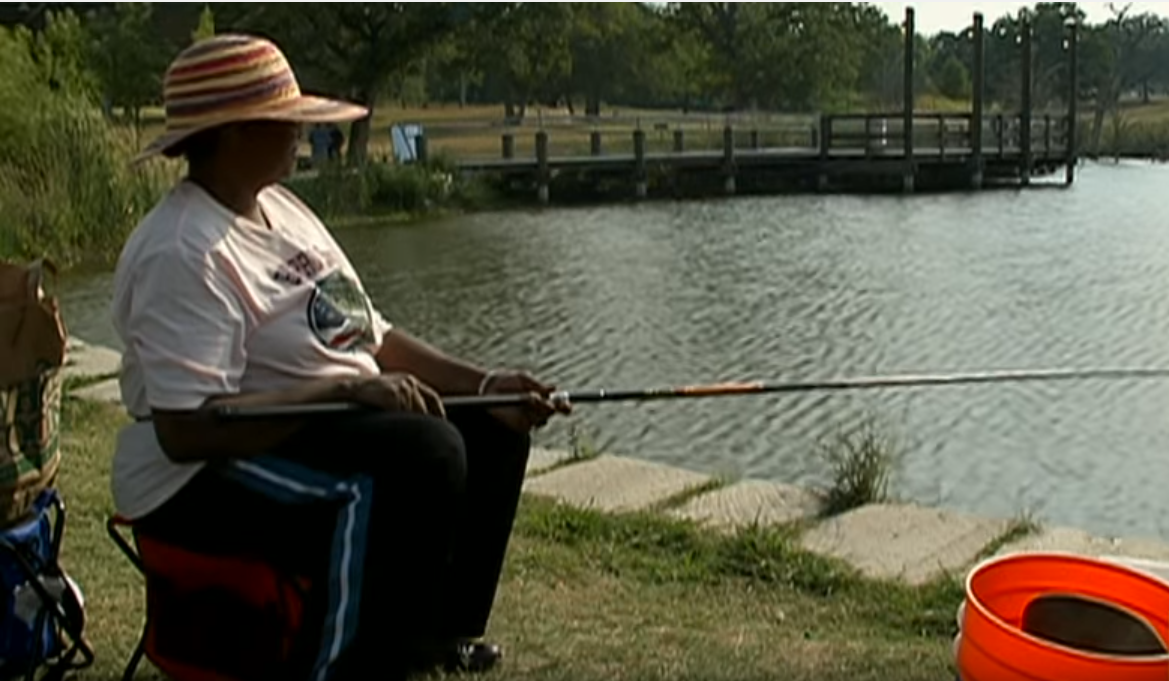

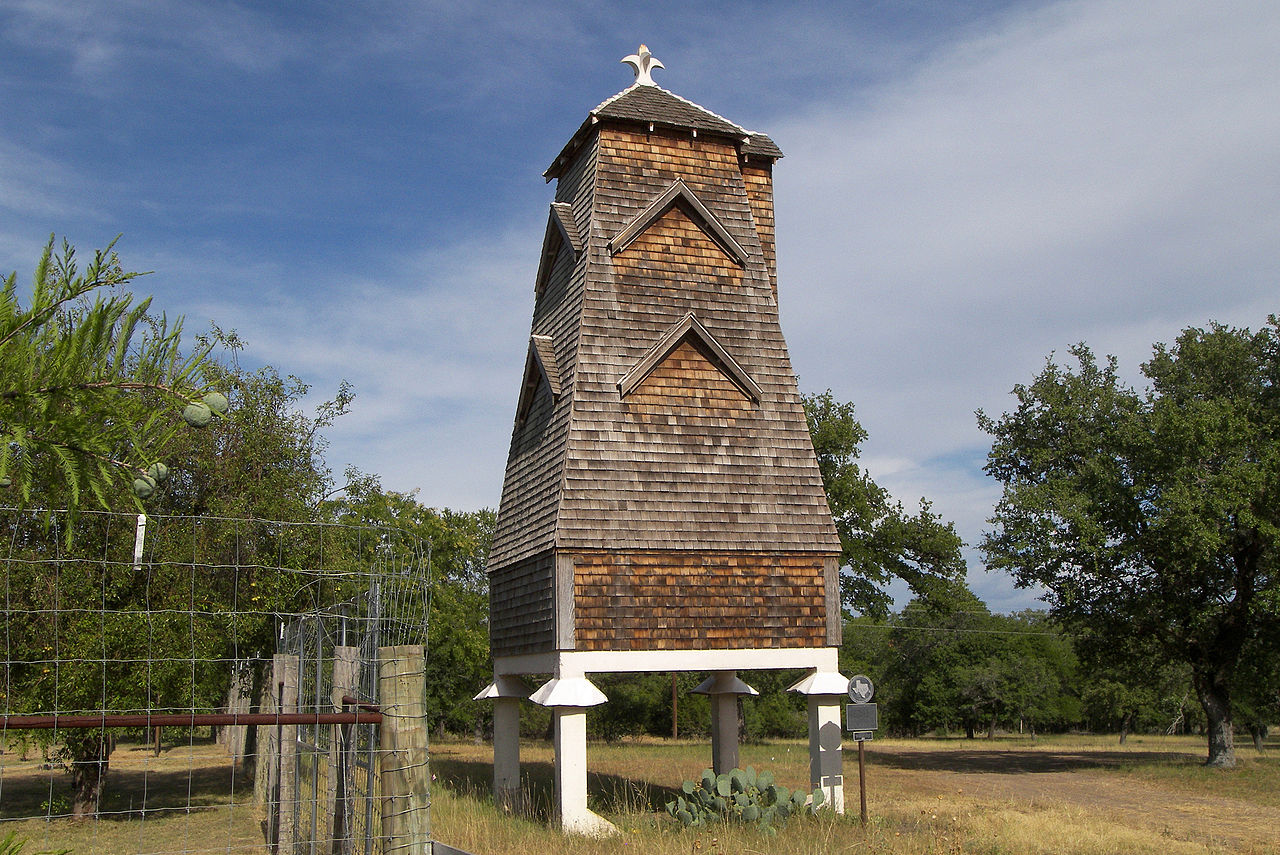
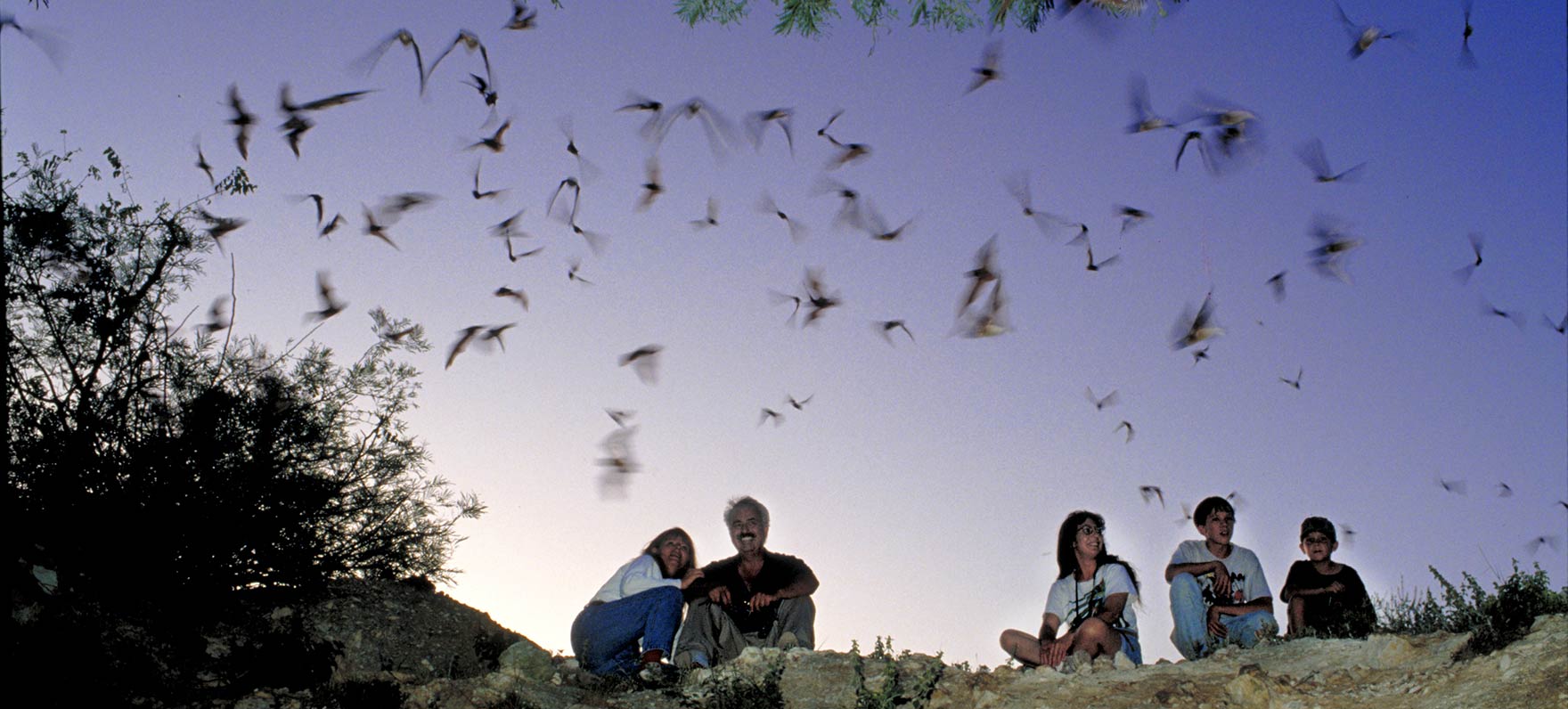
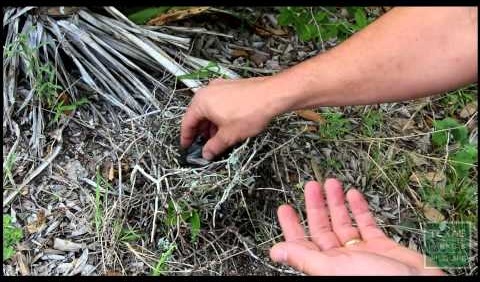
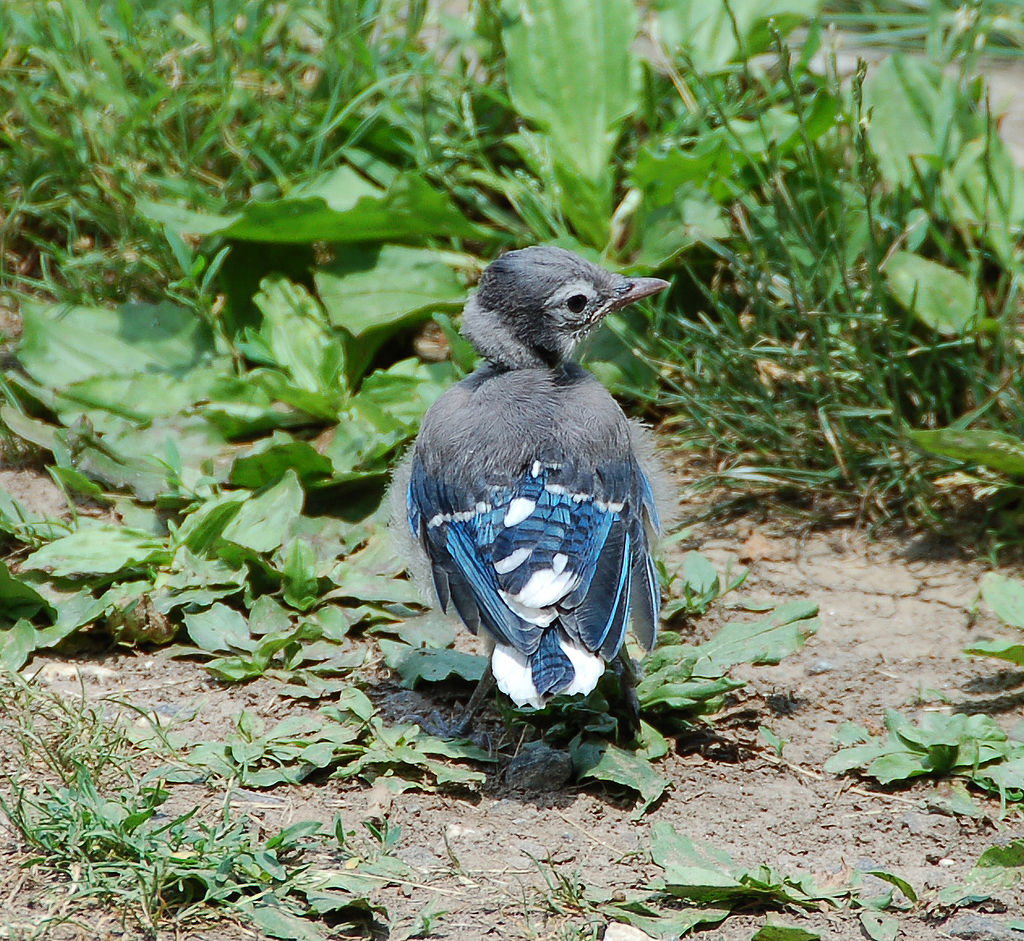

 Passport to Texas is a
Passport to Texas is a  Passport to Texas is made available by:
Passport to Texas is made available by: